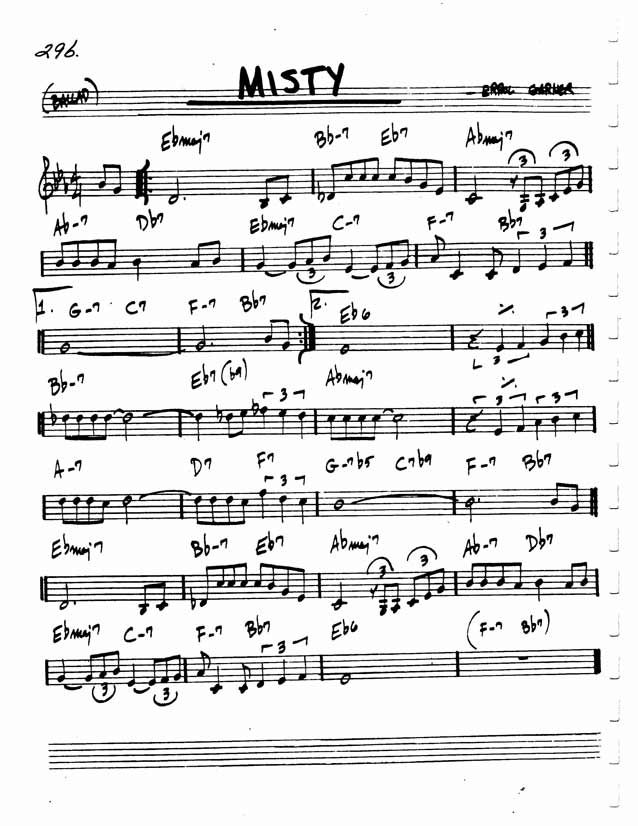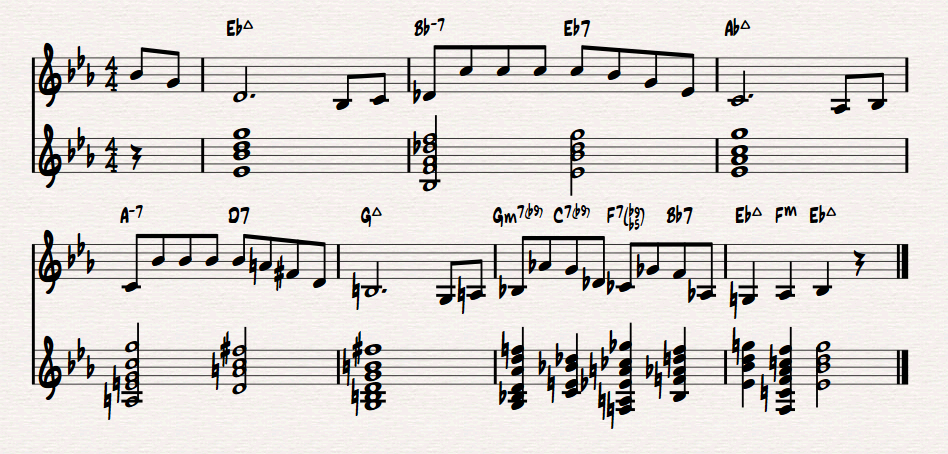I think one of the classic sources for the sound is the B section of Cherokee..
C#m7 F#7 BΔ7 BΔ7
Bm7 E7 AΔ7 AΔ7
Am7 D7 GΔ7 GΔ7
Gm7 C7 Cm7 F7
Each of the four bar lines is a basic ii V I pattern, but it is sequenced down a full step four times.
The transition between each sequence is where the major to minor change happens. Like: ...BΔ7 | Bm7...
On a structural level you could say that major to minor change is just a happy accident and the bigger picture idea is ii V I sequenced down by whole step. That's a theoretical explanation for the major to minor change in what is otherwise just a long progression by descending fifths from C# to F.
This song is supposed to be the one that Charlie Parker woodshedded on to develop his chops, so it seems like an important example to mention, and it happens this way in other songs.
Another common example is using a borrowed chord, a chord that comes from the parallel minor key. In I V IV iv | I the minor iv is "borrowed" from the parallel minor. In that case the theory is the borrowed chord maintains its function. So, both major IV and minor iv "function" as subdominants and the change of major to minor just adds chromatic color.
I put borrowed and function in quotes above, because some may prefer to explain the motion as a chromatic passing tone between the sixth and fifth scales degrees. I think that is a fine explanation too, and doesn't contradict the idea there is not a change of function.
Misty has this kind of "borrowed" progression, but it uses it in a specific way involving a bVII chord which has it's own special name: the backdoor progression: iv bVII I.
Compare the Misty borrowed chord explanation to the Cherokee sequential explanation. While the "function" of the two chords is the same in Misty in Cherokee the function changes. In Cherokee when getting to the BΔ7 the chord is a temporary tonic I in the pattern ii V I in C#m7 F#7 BΔ7, but then when it changes to Bm7 in the next sequence it becomes the supertonic chord ii of ii V I in Bm7 E7 AΔ7. In that case the two B chord not only change from major to minor but the function also changes.
If all this dithering about the use of "function" is a problem, you can look at it more plainly. In Misty when you look at the larger picture the opening section is an elaboration of movement between Eb and Bb (clearly I and V.) It starts on Eb and ends on Eb, that's the tonic. Regardless of the terminology used to describe the two major and minor Ab chords, one thing is clear: they aren't doing anything that changes the tonic of Eb. That's an "A" section establishing a tonic. The "B" section of Cherokee it totally different. It starts on C# and ends on F. It keeps moving and moving, transitioning back to Bb. It's a bridge returning to a tonic. Instead of talking about function we can describe them as two very different structural events.



|| EbM | Cm | Fm | Bb7 || Bbm | Eb7 | AbM | Abm Db7 || EbM | ...